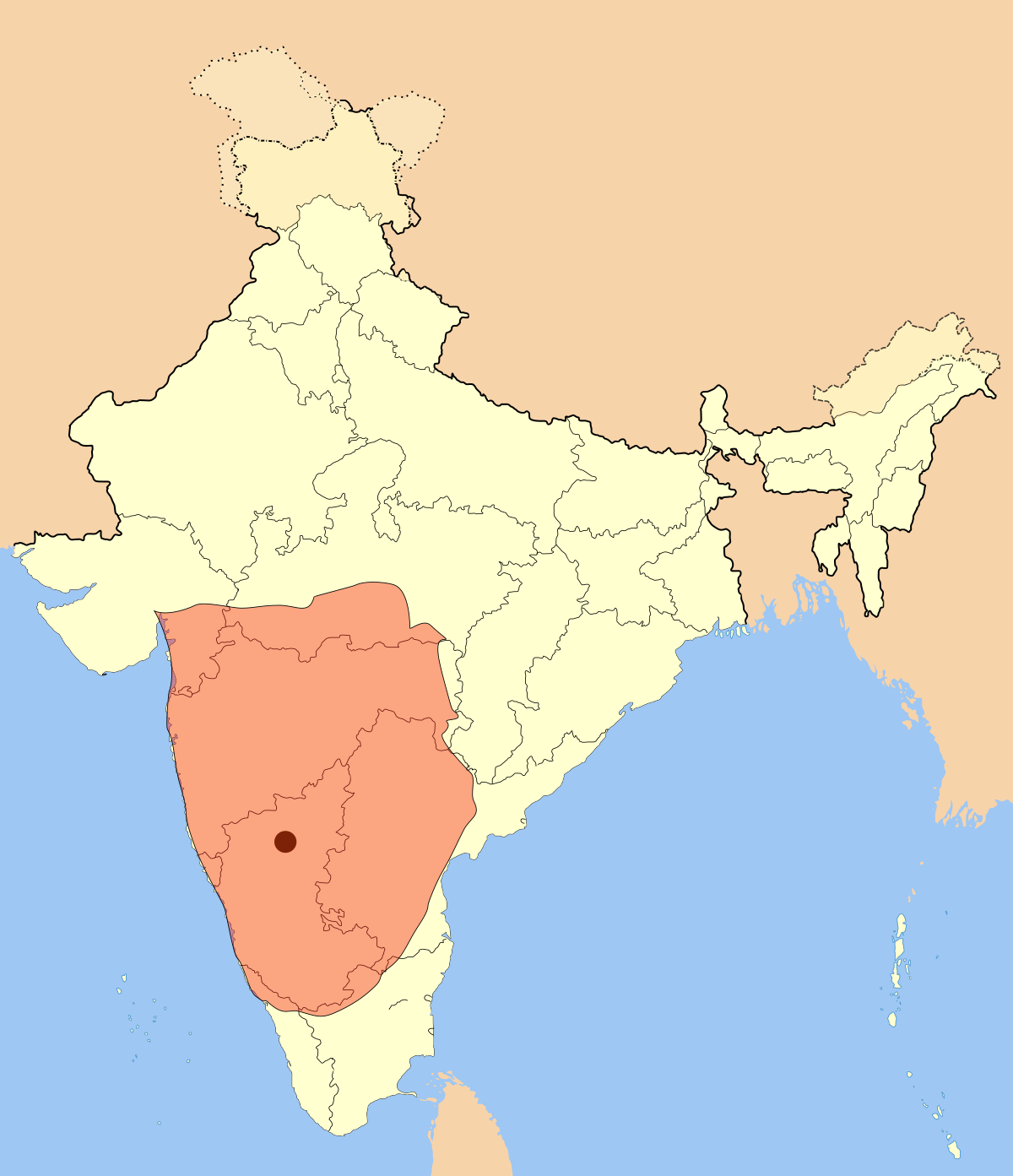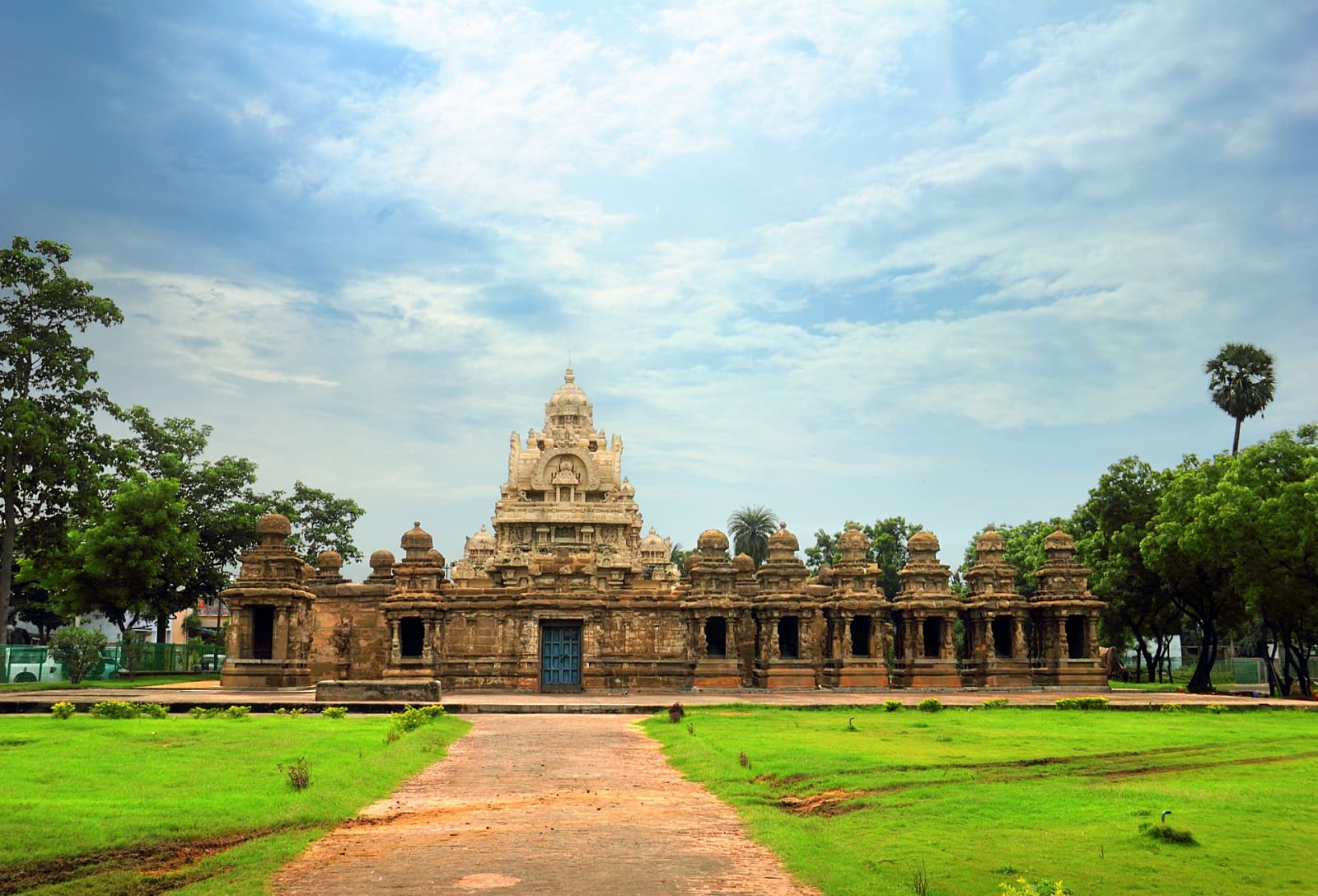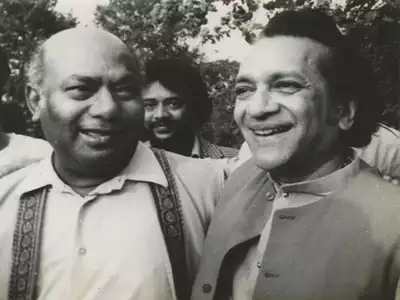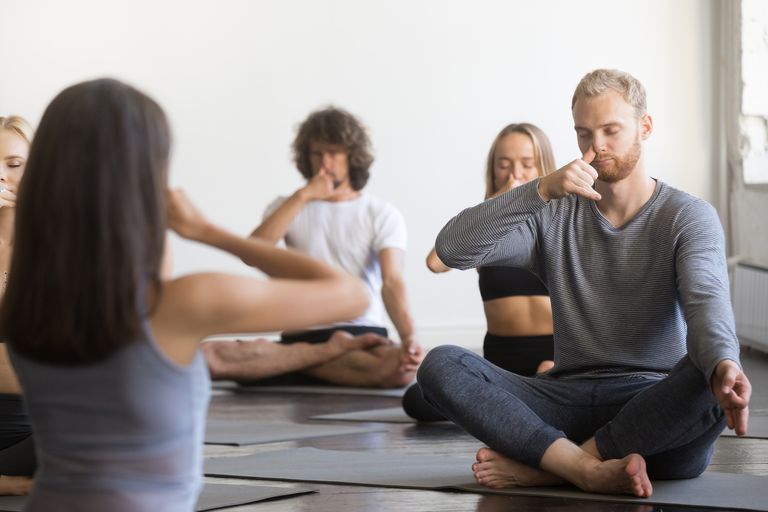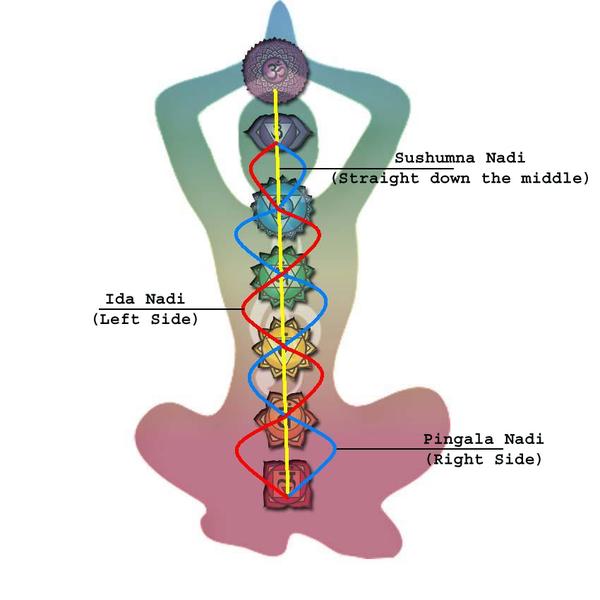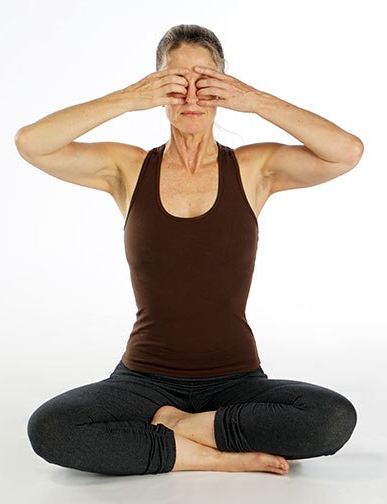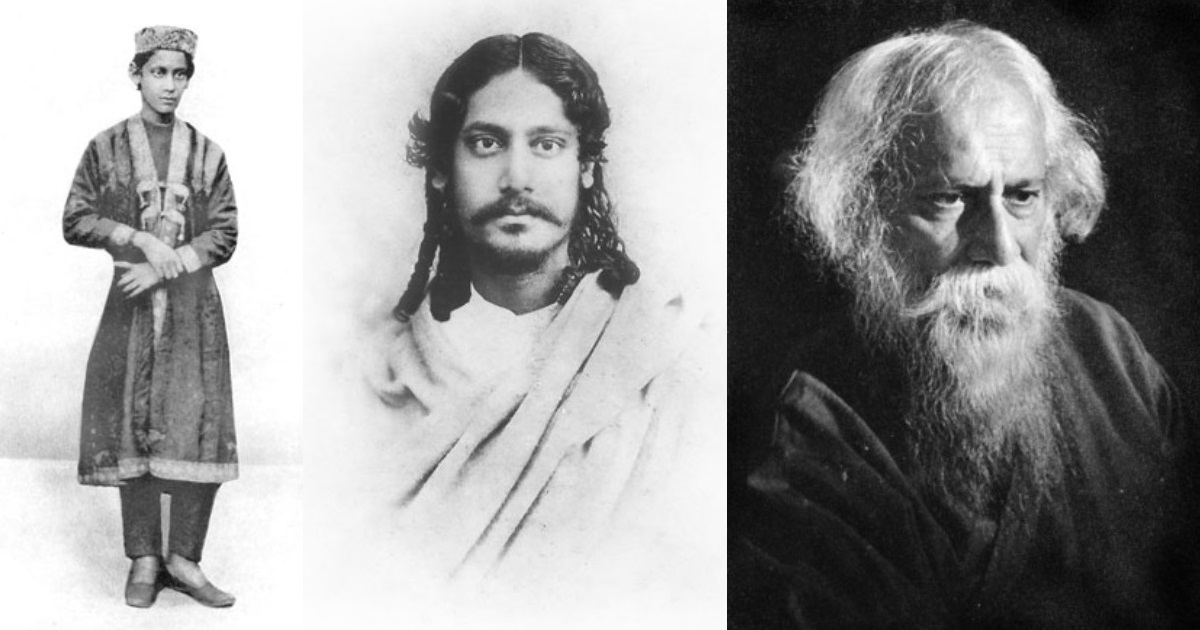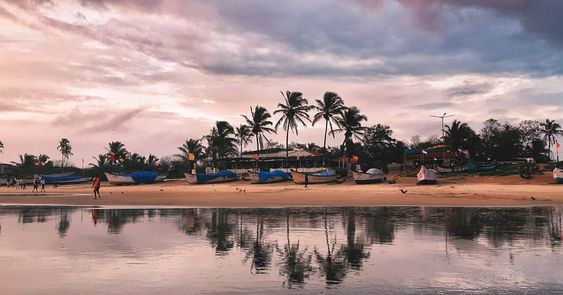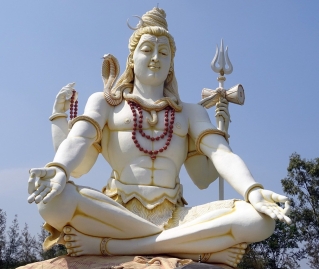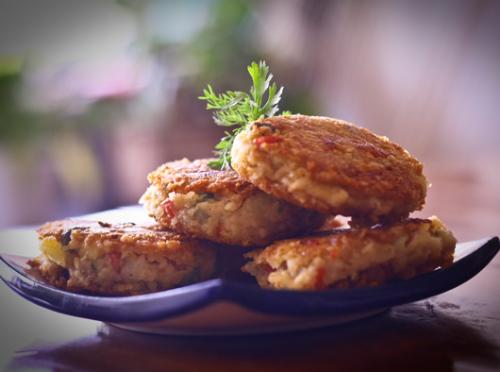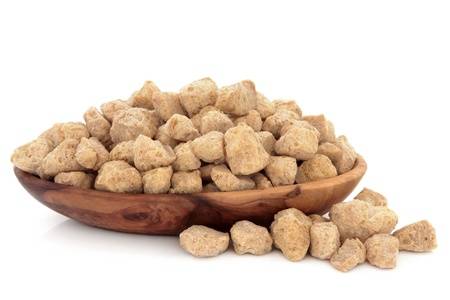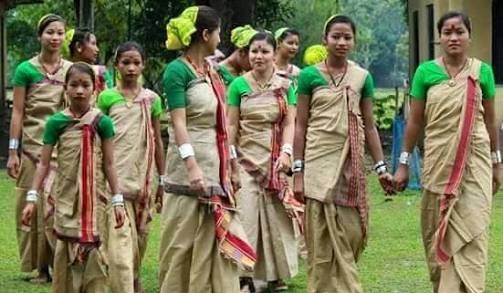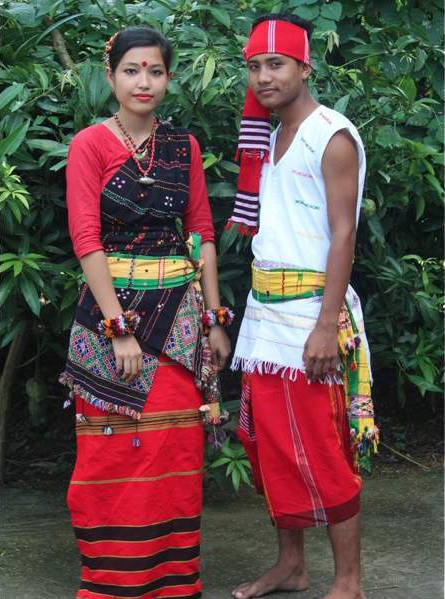
Marwari Cuisine is the cuisine of the people from the east while princely state of Marwar in Rajasthan. It is primarily vegetarian and offers a fabulous variety of dishes. The cooking style used is mainly based on the natural climatic conditions of the desert land from where the Marwari people have originated.
Features of Marwari Cuisine
There are some specific reasons for the use of some specific ingredients. The local people who use various types of spices and herbs.
 .
.The Marwari Jain people prepare food without using onions, garlic or any ingredient grown under the soil, except ginger and groundnuts.
 Delicacies of Marwari Cuisine
Delicacies of Marwari CuisineIn Marwari cuisine, the use of gram flour and curds is very common, each tasting dhoklas different from the other. ‘Gatta’, ‘Chilla’, ‘Kadhi’, ‘Pitthor’, ‘Pakodi Ki S
 abzi’, all of these have gram flour & curds. The flours such as bajra, makai, jawari are used in rotis, porridge, dhoklas and even in raitas. Some of the breakfast dishes are ‘Bajre Ka Khichdaa’, ‘Makai Ki Ghaat’, ‘Moong Dal Khichdi’, served during winter.
abzi’, all of these have gram flour & curds. The flours such as bajra, makai, jawari are used in rotis, porridge, dhoklas and even in raitas. Some of the breakfast dishes are ‘Bajre Ka Khichdaa’, ‘Makai Ki Ghaat’, ‘Moong Dal Khichdi’, served during winter.Read more : Marwari Cuisine, Indian Regional Cuisine




